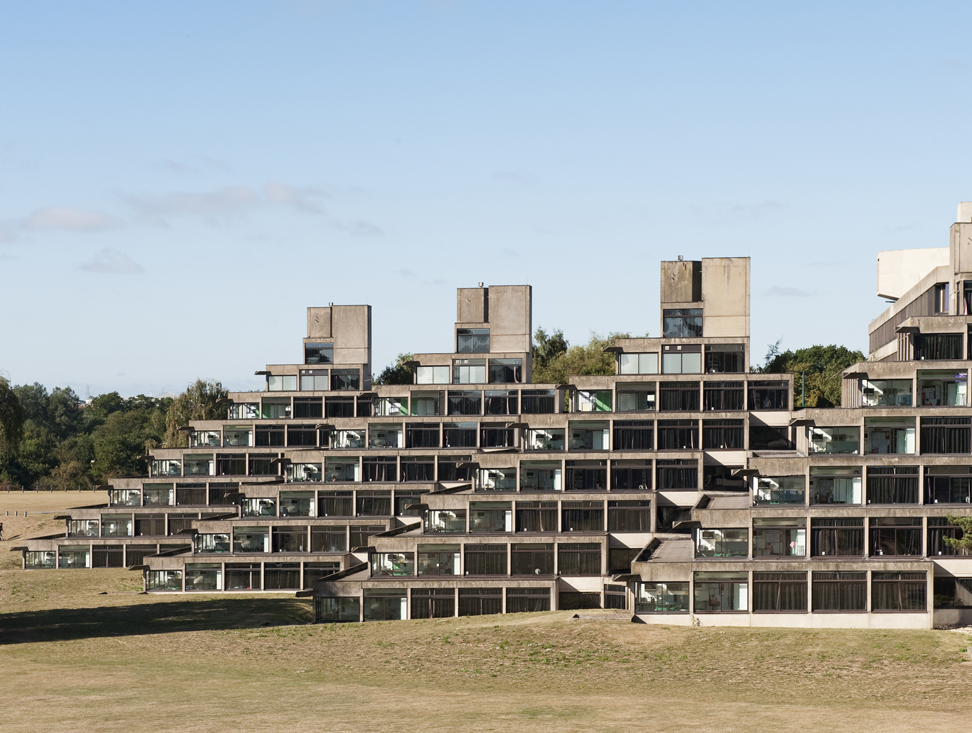Modern building
The term ‘modern’ is an ambiguous one that can be interpreted in a number of ways.
In its widest sense, ‘modern’ refers to things from the present or the immediate past. This may include the adoption of recent techniques, methods or ideas.
In historic terms however, the early modern period is considered to follow the late middle ages of the post-classical era, running from approximately c. 1500 to c. 1800. It is characterised by a period of exploration and globalisation and a move away from medieval systems of politics and economics.
The late modern period follows directly on from this, including the industrial revolution, and runs up to contemporary history, which is considered to include the period from around 1945 to the present day.
Modern architecture and modern buildings however are generally considered to have emerged in the early 20th century and are characterised by the use of glass, steel and reinforced concrete.
This is sometimes associated with the stylistic terms ‘modernism’ or ‘modernist’, however, these have a very specific meaning associated with a design philosophy that focussed on the function of buildings, approached from an analytical viewpoint, a rational use of materials, the elimination of ornament and decoration, and openness to structural innovation.
Modernism developed across all artistic fields, and in architecture encompassed a number of variations, including Futurism, Constructivism, De Stijl, and Bauhaus.
For more information see: Modernism.
Modernism as a style was followed by post-modernism, also known as ‘pomo’; an architectural style that emerged in the late 1960s as a reaction against modernism, which was considered by some to be too bleak, formal and austere. Postmodern architecture is characterised by its highly-decorative, whimsical and kitsch aesethetic. It incorporates stylistic references that are often playful and symbolic, using shape and colour and applying structural forms from classical architecture to modern designs.
For more information see: Post-modernism.
Modern building is sometimes contrasted with ‘traditional building’, a very loose term that typically refers to buildings from before the 20th century.
For more information see: Traditional building.
The phrase 'modern methods of construction' refers to ways of working more effectively to achieve more without using more, and centres around the use of off-site construction techniques that can benefit from factory conditions and mass production techniques. This emerged following the second world war due to the need to replace lost housing quickly, but it has seen renewed focus in recent years due to the modern housing crisis and a desire to reduce costs and improve quality, speed and health and safety.
For more information see: Modern methods of construction.
[edit] Related articles on Designing Buildings Wiki
- Architectural styles.
- Art Moderne.
- Bauhaus.
- BEST Products showrooms.
- Brazilian Modernism lecture.
- City beautiful.
- Contextualism.
- Demolishing Modernism: Britain's lost post-war gems.
- Form follows function.
- High-tech architecture.
- International Style.
- Louis Kahn.
- Modern methods of construction.
- Modernism.
- Neo-futurism.
- Nineteenth century architecture.
- Postmodern architecture.
- Traditional building.
- Zeitgeist.
Featured articles and news
Professional practical experience for Architects in training
The long process to transform the nature of education and professional practical experience in the Architecture profession following recent reports.
A people-first approach to retrofit
Moving away from the destructive paradigm of fabric-first.
International Electrician Day, 10 June 2025
Celebrating the role of electrical engineers from André-Marie Amperè, today and for the future.
New guide for clients launched at Houses of Parliament
'There has never been a more important time for clients to step up and ...ask the right questions'
The impact of recycled slate tiles
Innovation across the decades.
EPC changes for existing buildings
Changes and their context as the new RdSAP methodology comes into use from 15 June.
Skills England publishes Sector skills needs assessments
Priority areas relating to the built environment highlighted and described in brief.
BSRIA HVAC Market Watch - May 2025 Edition
Heat Pump Market Outlook: Policy, Performance & Refrigerant Trends for 2025–2028.
Committing to EDI in construction with CIOB
Built Environment professional bodies deepen commitment to EDI with two new signatories: CIAT and CICES.
Government Grenfell progress report at a glance
Line by line recomendation overview, with links to more details.
An engaging and lively review of his professional life.
Sustainable heating for listed buildings
A problem that needs to be approached intelligently.
50th Golden anniversary ECA Edmundson apprentice award
Deadline for entries has been extended to Friday 27 June, so don't miss out!
CIAT at the London Festival of Architecture
Designing for Everyone: Breaking Barriers in Inclusive Architecture.
Mixed reactions to apprenticeship and skills reform 2025
A 'welcome shift' for some and a 'backwards step' for others.






















